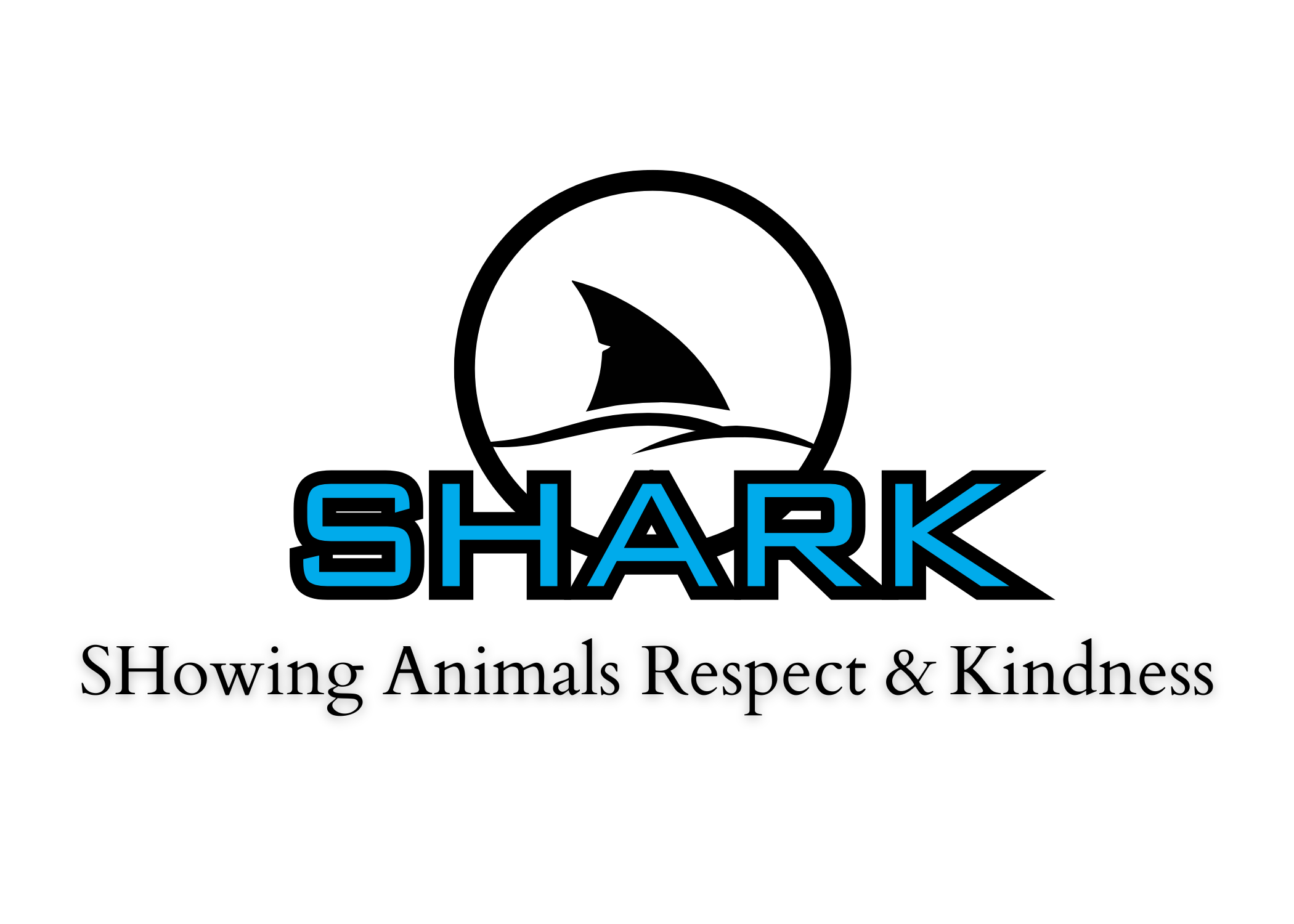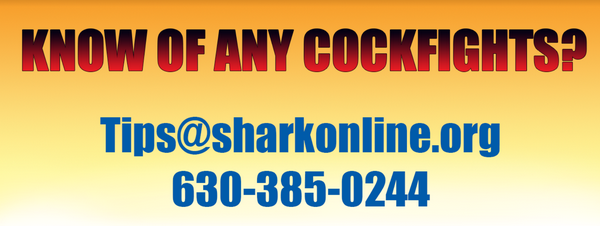I grew up on a farm/ranch in North Dakota. I rode bareback broncs on the Indian Circuit for two years. As a former ranch veterinarian, I evaluated and treated livestock for 8 years. After watching these videos of animals being injured at the Cheyenne Frontier Days Rodeo, every injury should have been evaluated by a veterinarian. Those animals that could not be saved should have been either humanely euthanized or sent to slaughter. The rest should have been evaluated and treated or evaluated and released by a veterinarian. Some of the animals might recover with extended rest if the rodeo would not continue to reuse them before they were properly healed.
I have treated animals with broken horns. The steers with the broken horns should have been caught in a chute, the heads restrained, a nerve block administered and the horns humanely removed. The cornual arteries should have been pulled to prevent hemorrhage. They should have been treated with an antibiotic, wrapped if possible and treated with a fly repellant. With a chute available, the wraps could be changed every two days and the antibiotic re-applied. These animals needed humane veterinary care.
There were far too many injuries in this rodeo. The following is a detailed breakdown based on the video evidence:
1: Strawberry Fudge As I have mentioned in the past, the bucking strap and spurring make the horse buck beyond its normal capacity to buck safely. In this case, the horse fell on its side, hitting the shoulder area very hard. I would suspect a ruptured aorta or other major vessel as the horse appeared motionless within seconds after the fall.
2: This horse bucked "blind" and went over the barrier and fell. In the process, it hyperextended its rear legs putting enormous pressure on the tendons, ligaments and joints of the rear legs. It then ran approximately fifty yards, crashed into a gate and fell again and did not get for approximately four minutes. This horse needed a veterinarian's examination to determine the extent of the injuries to the rear legs.
3: Again, this horse was forced to buck beyond normal bucking and injured its back. A veterinarian should have examined the horse before it was forced to move. It managed to stand momentarily and then never stood again. It looked like a severe back injury, even possibly a fractured back.
4: This horse would not put weight on its left front leg. A veterinarian should have observed and treated this horse.
5: This pinto went down, tried to get up and then stayed down until the bucking strap was removed. It finally maintained its gait and left the arena on all four legs. I noticed it was coughing. While no veterinarian was needed for the horse being down, at some point a veterinarian should evaluate the coughing.
6: Jerkdown, which is against rodeo rules but nothing was done. The calf was roped and appeared to be convulsing when it was tied. It left the arena on a conveyance. A veterinarian needed to look at this calf to determine the extent of its injuries.
7: Calf broke its hind leg as it went down. Even though the leg was obviously broken, the timing continued and the calf was tied. Eventually it was removed on a conveyance. A veterinarian needed to treat this calf.
8: Different calf; different number; another broken leg. Calf broke its hind leg as it went down. Even though the leg was obviously broken, the timing continued and the calf was tied. Eventually it was removed on a conveyance. A veterinarian needed to treat this calf.
9: Another jerkdown which is against rodeo rules but nothing was done. This calf appeared to be strangled by the jerky movements of its body. The right rear leg was injured severely enough so it carried the leg. It looked like damage to the ligaments, tendons and/or joint. A veterinarian needed to treat this calf.
10: Steer busting steer injured its right front leg. A veterinarian needed to look at and perhaps treat this injury. The steer was also very thin and poor looking.
11: Steer hit hard, never got up and was loaded on the conveyance. A veterinarian needs to determine its injuries.
12: Steer roped over the eyes instead of around the horns. Not disqualified. Dragged with his neck bent severely. A veterinarian should determine the extent of his injuries especially to his eyes.
13: Steer injured his hind leg and left arena three legged. Needs to have a veterinarian determine the extent of his injuries.
14: Event allowed to go to completion even though it is obviously that the steer broke his right rear leg. A veterinarian needs to see that this animal's pain is controlled and his movement restricted.
15: Steer is injured and cannot get on his feet. Loaded and taken from the arena. A veterinarian needs to determine the extent of this animal's injuries and treat accordingly.
16: Steer injures left rear leg. A veterinarian is needed to determine the extent of the injuries and treat accordingly.
17: Steer injured right rear leg. May recover on its own.
18: Steer injured right rear leg and left the arena on three legs. A veterinarian needs to determine the extent of his injuries and treat accordingly.
19: Steer injured left rear leg and left arena on three legs. A veterinarian needs to determine the extent of his injuries and treat accordingly.
20 through 24: All of these steers suffered broken horns close to the skull. These are very painful injuries manifested by bellowing, shaking the head and turning the head away from the injured side. A veterinarian would put these animals in a chute, restrain their heads, use a nerve block and amputate the horn. It would then be treated with an antibiotic and possibly wrapped. A fly repellant would be necessary to prevent maggots from infesting the wound.
Peggy W. Larson, DVM, MS (Pathology), JD
Consultant, Animal Law and Veterinary Medicine
Williston, VT 05495






